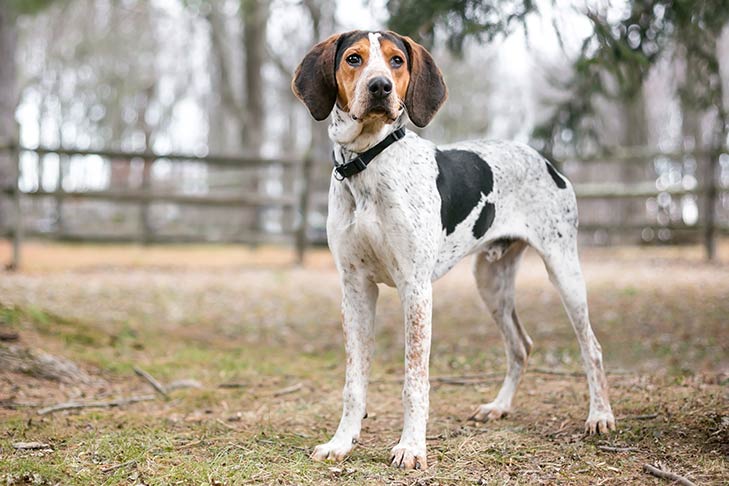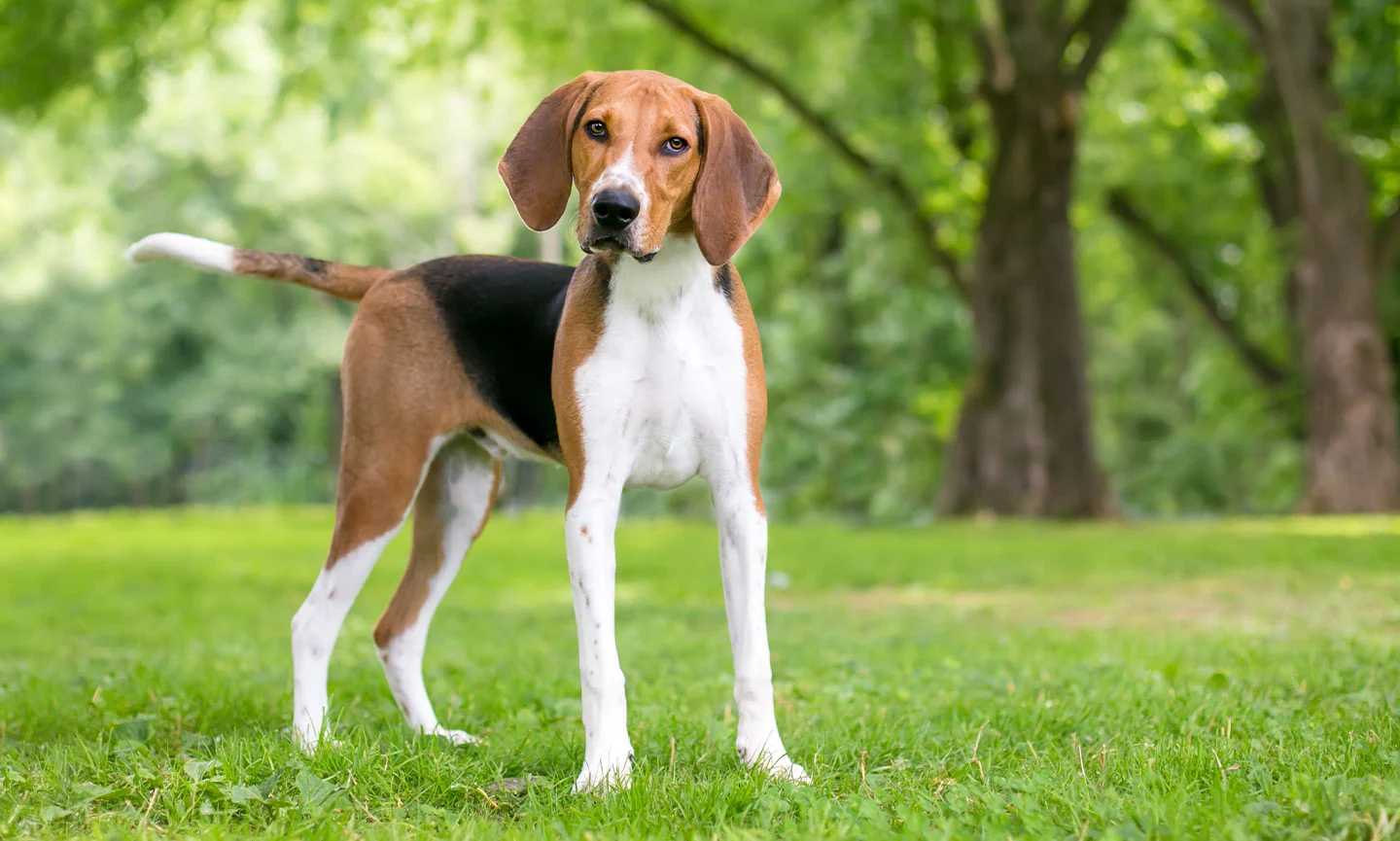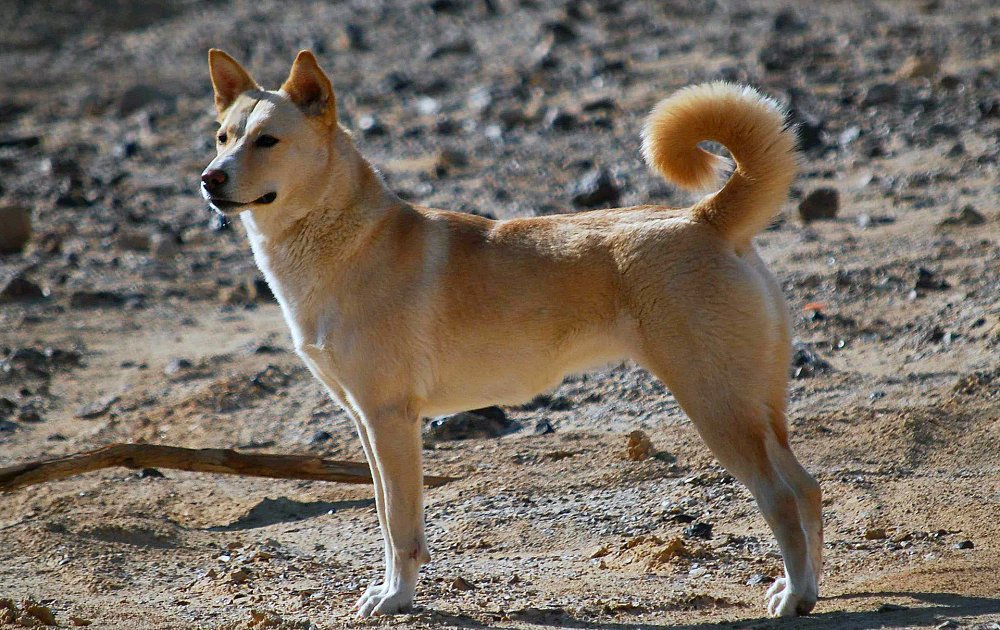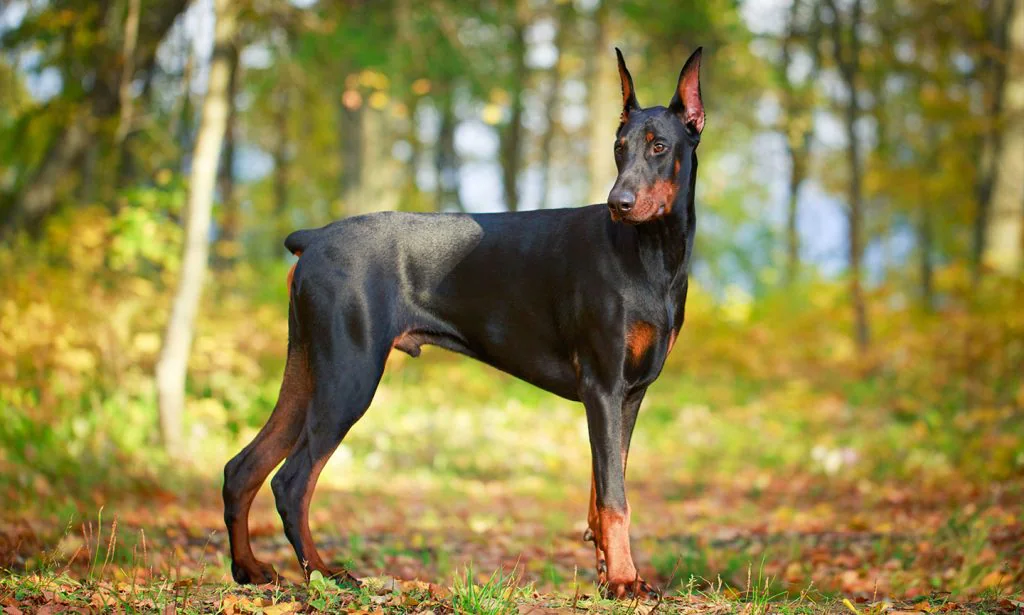
Introduction
The Doberman Pinscher, commonly referred to as the Doberman, is a medium to large-sized breed of dog that originated in Germany in the late 19th century. The breed was created by Karl Friedrich Louis Dobermann, a tax collector who wanted a loyal and protective dog to accompany him during his rounds. The Doberman is known for its intelligence, loyalty, and athleticism, and is often used as a police or military dog, as well as a family pet.
Dobermans have a short, sleek coat that can come in a variety of colors, including black, red, blue, and fawn. They have a muscular build and are known for their alert and confident demeanor. Despite their reputation for being aggressive, Dobermans can be very affectionate and loyal to their owners. However, they do require proper training and socialization in order to become well-behaved pets.
As for whether they are good for first-time owners, it is important to note that Dobermans are a high-energy breed that require regular exercise and mental stimulation. They can also be strong-willed and may require a firm and consistent hand during training. While they can make excellent pets for experienced dog owners who have the time and resources to properly care for them, they may not be the best choice for first-time dog owners who are not prepared to commit to the demands of this breed. It is always important to research a breed thoroughly and consider factors such as exercise needs, temperament, and training requirements before deciding to bring a dog into your home.
Temperament
Personality traits of the breed
The Doberman Pinscher is a highly intelligent, loyal, and protective breed known for their fearlessness. They make excellent guard dogs and companions, and are easily trainable with positive reinforcement methods. While they can be wary of strangers, they are affectionate towards their family members and crave attention. Proper socialization is important to prevent them from becoming overly protective.
Aggression in Doberman Dog

Explanation of aggressive behavior in Doberman Dog
Doberman dogs are known for their loyalty and protective nature, but like all breeds, they can exhibit aggressive behavior in certain situations. Fear, territorial behavior, and lack of socialization can be common causes of Doberman aggression. Additionally, genetics and health issues can contribute to aggression. Seeking the advice of a qualified veterinarian or animal behaviorist can help identify the underlying causes of the behavior and provide appropriate training and management strategies. With proper care and management, most Dobermans can learn to overcome their aggressive tendencies and become loving pets.
Training for Doberman Dog
When it comes to training a Doberman, there are a few tips to keep in mind
- Start early: Begin training your Doberman as early as possible to establish good habits and prevent bad behaviors from developing.
- Use positive reinforcement: Dobermans respond well to positive reinforcement training methods, such as treats and praise. Avoid using punishment or harsh methods.
- Socialize your Doberman: Introduce your Doberman to a variety of people, animals, and situations to help them develop social skills and prevent aggression.
- Be consistent: Use consistent commands and routines to help your Doberman understand what is expected of them.
- Provide plenty of exercise and mental stimulation: Dobermans are energetic dogs and require plenty of exercise and mental stimulation to prevent boredom and destructive behavior.
Remember, training a Doberman takes time, patience, and consistency. With proper training and care, your Doberman can become a well-behaved and obedient companion.
Health and Lifespan
The reported lifespan of a Doberman dog is typically 10 to 13 years. However, this can vary depending on various factors such as genetics, diet, exercise, and overall health care. With proper care and management, some Dobermans may even live longer than 13 years.
Food for Doberman Dog
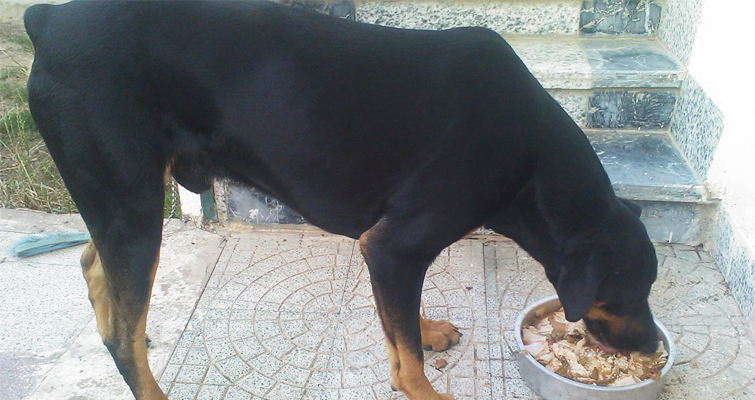
Best food for Doberman Dog
When choosing the best food for your Doberman, it’s important to look for a high-quality, balanced diet that meets their nutritional needs. Look for dog food that contains high-quality sources of protein, such as chicken or fish, and avoid foods that contain fillers or by-products.
It’s also important to consider your Doberman’s age, activity level, and overall health when selecting their food. For example, puppies and active dogs may require more calories and protein than senior dogs or those with lower activity levels.
Consult with your veterinarian to determine the best diet for your Doberman, and be sure to monitor their weight and overall health to ensure they are receiving the appropriate nutrition.
Conclusion
In conclusion, the Doberman Pinscher is a unique and highly intelligent breed with a distinct personality. While they are known for their protectiveness and loyalty, they may exhibit aggressive behavior in certain situations, which can be managed with proper training and socialization. As a highly energetic and active breed, they require plenty of exercise and mental stimulation to prevent boredom and destructive behavior. Additionally, providing a high-quality, balanced diet is important for their overall health and longevity. With proper care and management, the Doberman can make an excellent companion and guard dog for the right owner.

